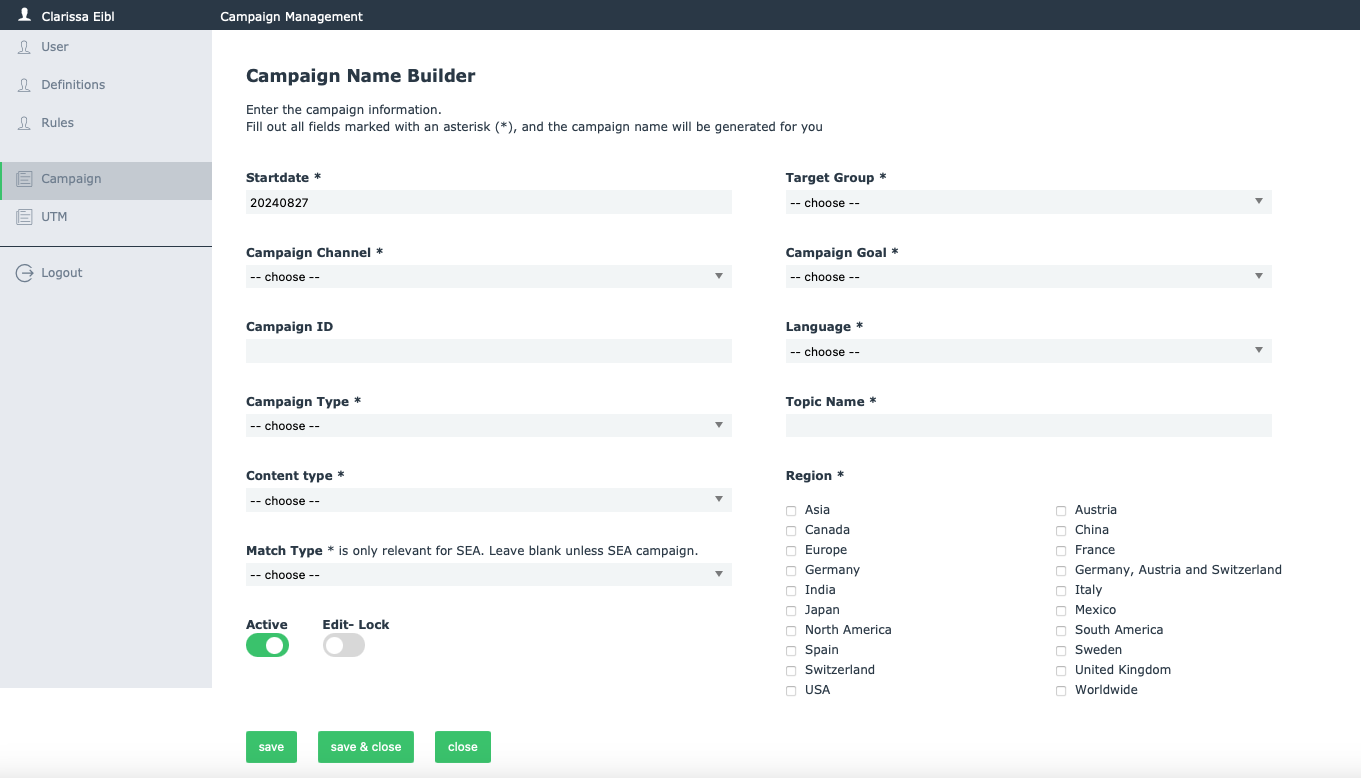
Have you ever wondered how major companies handle their complex digital marketing efforts with such precision and ease? The hidden superpower behind their success lies in standardized marketing campaign naming conventions. Correct naming not only creates order, but also unlocks a host of additional benefits.
In digital marketing, where we are constantly creating, managing and analyzing new campaigns and assets, success comes to those who work with precision and maintain a clear overview. This is where the clear labelling of your projects plays a key role! It helps you navigate your data structures, ensuring clarity and traceability. Without standardized marketing campaign naming conventions, things can quickly become disorganized, leading to errors and inefficiencies. Discover how streamlining your naming process can keep your marketing efforts on track and boost overall efficiency.
Marketing campaign naming conventions are a standardized system for naming campaigns within ad accounts on platforms like Meta or Google. In our dashboards, built using Google's Looker Studio, we implement these conventions for efficient data filtering and analysis. These naming systems are tailored to individual brands or companies and their unique needs. At HubSpot, we use asset naming conventions for the seamless management of marketing assets, from forms, call-to-actions and landing pages to lists and reports. For large customer accounts, naming conventions streamline navigation through vast amounts of data and ensure consistency, even when managing multiple campaigns across different platforms.
Marketing campaign naming conventions can vary by industry, but they always communicate key details in a condensed format, such as channels, cost models, campaign objectives, or country codes. It’s crucial to establish these conventions clearly from the start, as changes later on can have ripple effects. Developing and implementing naming conventions requires solid experience in internal data strategy – overly detailed names, ambiguity, or unsupported characters can lead to confusion and disrupt consistency. Tools like our Campaign Name Builder help generate campaign names quickly and accurately, allowing you to instantly identify the campaign’s structure, the product or service it promotes, and its target audience.

In addition to providing greater clarity, naming conventions are especially valuable in team environments. This is because adhering to common naming rules makes it easier to plan and find elements. Every team member can immediately understand what a project is called without needing to search for it. This creates a shared language across teams, allowing everyone to navigate each other's projects more efficiently. It also makes it easier to onboard new employees and coordinate with external systems and partners.
Clear project naming helps you avoid conflicts and overlaps, ensuring that data and elements are used correctly. Consistent and understandable names make it easier to quickly locate files and variables, allowing for efficient filtering and categorization. This eliminates time wasted on manual naming, cross-referencing, or error checking, streamlining your workflow and reducing the chance of mistakes.
Naming conventions streamline the management of increasingly complex projects. A clear structure reduces the need for extensive documentation, making it easy to integrate new elements as your projects grow.
Campaigns and projects remain organized, traceable, and easy to manage throughout their entire lifecycle. Clear naming helps prevent chaos and confusion over time, supporting efficient and error-free maintenance. This enables you to manage, adapt, and optimize campaigns in the long term without resorting to time-consuming or error-prone processes.
Marketing campaign naming conventions may seem simple, but they are a powerful tool! They not only bring order but also enhance maintainability, readability, and collaboration in your marketing projects. By organizing and standardizing data from various sources, these conventions enable more precise and comprehensive analyses across different channels. Ultimately, they help you make informed decisions faster!
